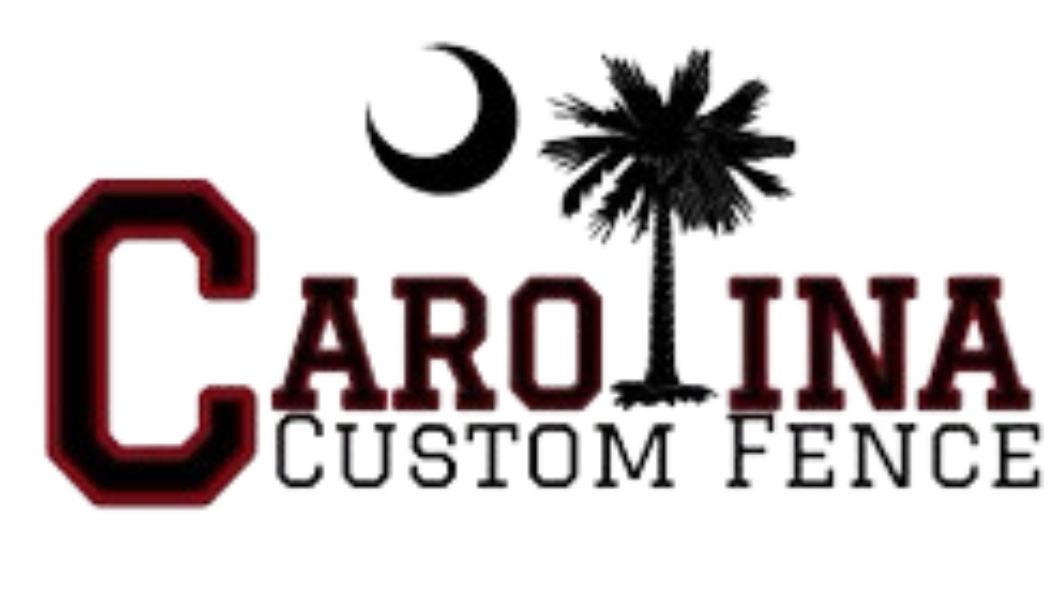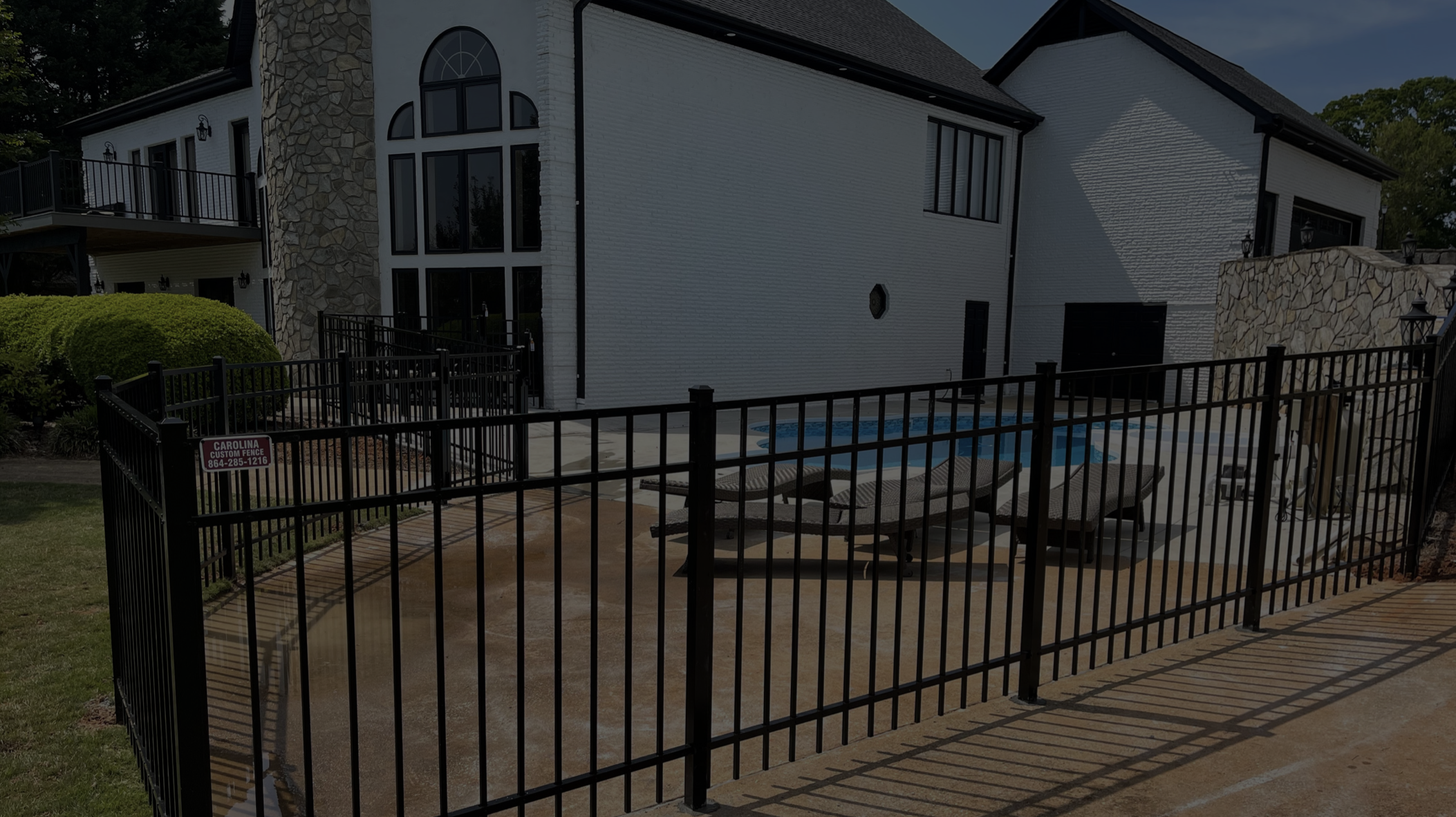Bollard Fencing
Bollard fencing, also known as bollard barriers or bollard posts, is a type of physical security and access control measure designed to prevent unauthorized access, control traffic flow, and protect specific areas. It involves the installation of sturdy, vertical posts called bollards, which are usually made from materials like concrete, steel, or other durable materials. These bollards are strategically placed in a pattern or arrangement to create a barrier, fence, or boundary.
Purpose and Functionality:
Bollard fencing serves various purposes, including:
- Security: Bollards act as physical barriers that can deter or prevent vehicle ramming attacks, unauthorized entry, and other security threats.
- Traffic Control: Bollards help guide and manage the movement of vehicles and pedestrians by defining pathways and restricting access.
- Protection: Bollard fencing can protect critical infrastructure, public spaces, storefronts, pedestrian zones, and other vulnerable areas from accidental collisions or intentional harm.
Types of Bollard Fencing:
Bollard fencing comes in different styles and designs to cater to specific needs. Some common types include:
- Fixed Bollards: These are permanently installed and do not move. They provide a constant barrier and are often used to mark boundaries or create pedestrian zones.
- Removable Bollards: These bollards can be manually or mechanically removed when temporary access is required. They are often used in areas where occasional vehicle access is needed.
- Retractable Bollards: These bollards can be raised or lowered electronically, allowing controlled access for authorized vehicles. They are commonly used at entrances to private properties or parking areas.
- Crash-Rated Bollards: These are designed to withstand high-impact collisions, making them suitable for protecting high-security areas such as government buildings or embassies.
Design and Aesthetics:
Bollard fencing can be designed to blend seamlessly with the surrounding environment. They can be customized to match architectural aesthetics, whether it's modern, traditional, or industrial. Some bollards even have decorative elements or lighting to enhance their visual appeal.
Installation Considerations:
Proper installation of bollard fencing is crucial for its effectiveness and durability. Factors to consider include the depth of installation, foundation type, spacing between bollards, and the overall layout to achieve the desired security and traffic management goals.
Maintenance and Accessibility:
Regular maintenance is essential to ensure that bollard fencing remains functional. This includes inspecting for damage, corrosion, and operational issues. Accessible bollards (removable or retractable) need proper protocols for removal, storage, and reinstallation.
Regulations and Compliance:
Depending on the location and purpose of the bollard fencing, there might be local regulations and standards to adhere to. These could involve safety, accessibility, and security guidelines.
Cost and Benefits:
The cost of bollard fencing can vary widely based on factors such as materials, design complexity, installation requirements, and customization. The benefits include enhanced security, improved traffic management, protection of assets, and potential reduction in liability.
Bollard fencing has gained prominence as a versatile and effective solution for addressing security and access control challenges in various settings, from commercial and retail spaces to public areas and critical infrastructure.
CONTACT
Hello there! We're thrilled that you're interested in our free onsite consultation service. We kindly ask you to fill out the contact form below. Your consultation request is important to us, and we will reach out to you shortly.

